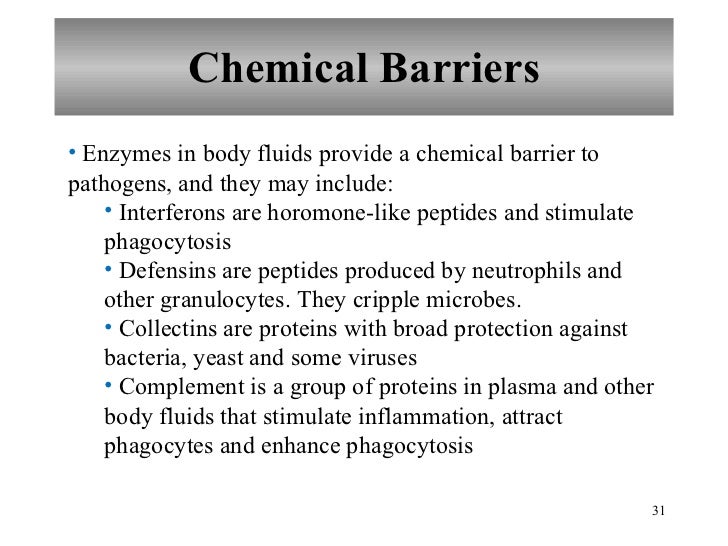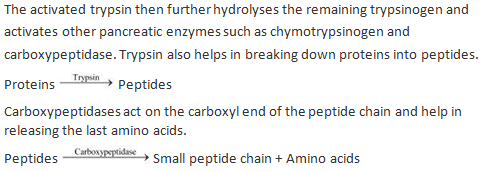

Requires warning labels, including the biohazard symbol, to be affixed to containers of regulated waste and other containers used to store or transport blood or other potentially infectious materials. Specifies procedures to be made available to all employees who have had an exposure incident, including a confidential medical evaluation. Requires a written schedule for cleaning, identifying the method of decontamination to be used, and specifies methods of disposing of regulated waste.

Requires employers to provide and employees to use personal protective equipment. Mandates universal precautions, emphasizing engineering and work practice controls. Requires employers to identify, in writing, tasks, procedures, and job classifications that involve occupational exposure to blood. All biohazard containers must have a displayed address in case they get separated on the way to disposal.Ī set of regulations to protect health-care workers, patients, and other visitors from health hazards. Disposal methods include treatment by heat, incineration, chemical treatment, steam sterilization, and other safe, equivalent methods that inactivate the waste before it is placed in a landfill. Biohazard waste must be disposed of in accordance with all federal, state, and local regulations. These containers are used for disposable gowns, table covers, items contaminated with blood and body fluids, dressings, gloves, needles, and sharp objects. Every container must have a lid that is replaced after use. All biohazard containers must have a fluorescent orange or orange-red label with the biohazard symbol and the word BIOHAZARD in a contrasting color.

When a biohazard container is filled to the three-quarter mark, it should be placed in a locked storage area until pickup. SmartBook 2.0 also includes advanced reporting features that enable instructors to track student progress with actionable insights that guide teaching strategies and advanced instruction, for a more dynamic class experience.A leakproof, puncture-resistant container that is color-coded red or labeled with a biohazard symbol and is used to store and dispose of contaminated supplies and equipment. For instructors, SmartBook 2.0 provides more granular control over assignments with content selection now available at the concept level. With the ReadAnywhere mobile app, students can now read and complete SmartBook 2.0 assignments both online and off-line. SmartBook 2.0 fosters more productive learning, taking the guesswork out of what to study, and helps students better prepare for class. Learn moreĪvailable within Connect, SmartBook 2.0 is an adaptive learning solution that provides personalized learning to individual student needs, continually adapting to pinpoint knowledge gaps and focus learning on concepts requiring additional study. SmartBook 2.0 also includes advanced reporting features that enable instructors to track student progress with actionable insights that guide teaching strategies and advanced instruction, for a more dynamic class experience.

Proven online content integrates seamlessly with our adaptive technology, and helps build student confidence outside of the classroom. Section 3 Clinical Medical Assisting KnowledgeĬhapter 16 – Blood-Borne Pathogens and Principles of AsepsisĬhapter 20 – Administration of MedicationĬhapter 23 – Promoting Healing After an InjuryĬhapter 24 – Medical Emergencies and First Aidīy prompting students to engage with key concepts, while continually adapting to their individual needs, Connect activates learning and empowers students to take control resulting in better grades and increased retention rates. Section 2 Administrative Medical Assisting KnowledgeĬhapter 9 – Reception, Correspondence, Mail, Telephone Techniques, and SuppliesĬhapter 10 – Appointments, Scheduling, Medical Records, Filing, Policies, and ProceduresĬhapter 11 – Communication in the Medical OfficeĬhapter 12 – Keyboarding and Computer ApplicationsĬhapter 13 – Financial Management Chapter Section 1 General Medical Assisting KnowledgeĬhapter 1 – The Profession of Medical AssistingĬhapter 7 – Nutrition and Health Promotion


 0 kommentar(er)
0 kommentar(er)
